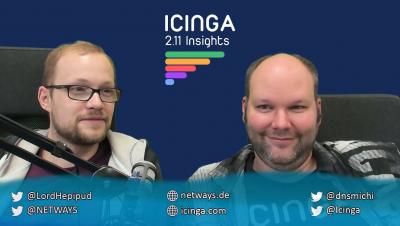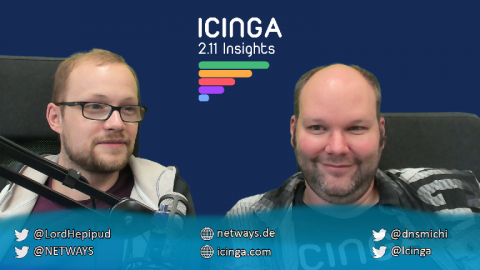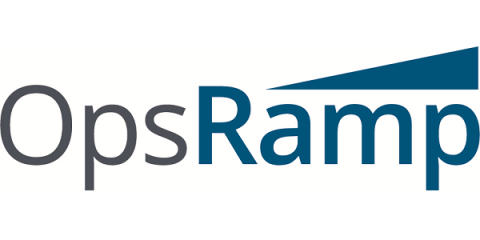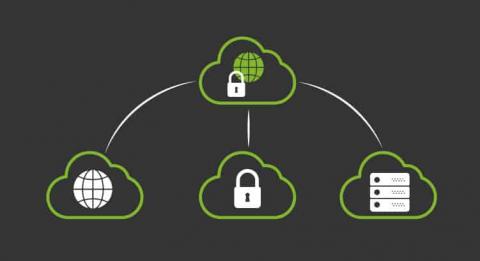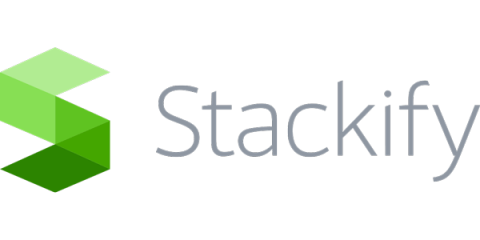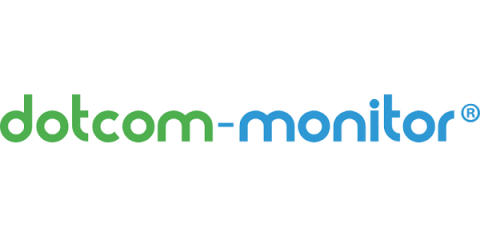Operations | Monitoring | ITSM | DevOps | Cloud
Monitoring
The latest News and Information on Monitoring for Websites, Applications, APIs, Infrastructure, and other technologies.
Icinga Insights: Icinga 2.11 Background and Challenges (23. Oktober 2019)
Icinga 2.11 Insights: Video online
Following Icinga’s development and gathering valuable insights can be time consuming. So we thought about trying something new: Icinga Insights, a live stream on Youtube packed with interesting details on a given topic. As you may have heard, Icinga 2.11 was the biggest release ever done. We’ve invited Michael to join the conversation with Christian this time. Originally targeting 1 hour time, we had a lot of fun during the stream and just kept talking.
Tackling ITOM's Single Glass of Pain Problem
IT operations management (ITOM) software helps enterprises manage the health, availability, and performance of modern IT environments. Analyst firm Gartner expects the ITOM software market to grow to $37 billion in annual revenues by 2023, with legacy on-prem tools giving way to powerful SaaS solutions for hybrid performance monitoring and management.
Service Monitoring and You
Monitoring is an art form. That sounds cheesy and lazy, but the right kind of monitoring is very context-dependent and rarely does the same practice work across multiple pieces of software or people. This gets even harder when you think about modern software architectures. Microservices? Container schedulers? Autoscaling groups? Serverless? ${New-technology-that-will-solve-all-of-my-problems-but-probably-creates-other-problems}?
Hybrid Cloud Monitoring: Defining a Strategy
When we are faced with the challenge of hybrid cloud monitoring, the golden dream of a single monitoring platform is reawakened in us. It would be ideal to have a tool that would allow us to see in a single screenshot what is happening throughout our platform, including those resources that we have decided to establish in the cloud, in other words, it should not discriminate between private and public networks.
What is DevOps?
Digitalization is sweeping across many industries, creating a huge need for innovation. This innovation forces companies to be more agile and deliver faster. However, increasing the speed of your development team doesn’t happen by magic. It’s a metric that isn’t easy to change. How can you adjust to this fast-paced digitalization? I want to introduce you to DevOps.
Poor Work Experiences Are a "We" Problem
A few weeks ago I attended the Digital Workplace & Employee Experience Summit in Berlin hosted by Platinum Edge. I’ve been to hundreds of conferences in my professional career but none like this one. Surprisingly, the attendees and speakers weren’t just IT engineers like myself, but instead a mix and mash of human resources, change management, content marketing, and digital analytics professionals—all with skin in the proverbial workplace experience game.
SIP Monitoring Services: Many Points of Potential Failure
While SIP Voice over IP (VoIP) technology has come a long way to improve connectivity and quality of service, there remains numerous potential points of failure along the path of devices over which the data flows. Unfortunately, if a remote location is experiencing an issue with their data connections, not only won’t they be able to call support to troubleshoot the issue, but they may not be able to send an email either, as both lines of communication rely on the same network.
Preventing Cookie Consent Banners in Synthetic User Journeys
Cookie consent banners and popups are a little like that annoying friend who turns up at your house unannounced when you’re trying to do the washing, asks too many questions and is tricky to get to leave. They’ve also brought their 3 year old with them who’s favourite past time is to pull on your dog’s tail and stare at their private parts. Unlike such visitors, cookie consent banners can be prevented in your synthetic user journeys if you know how.



